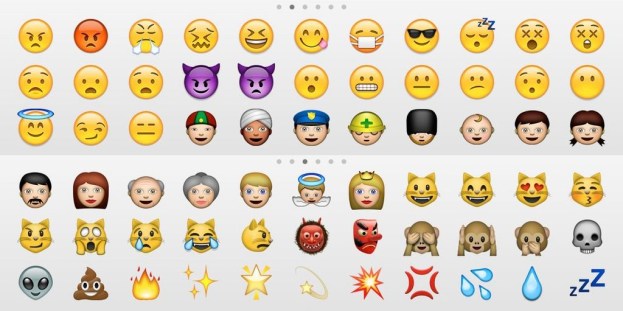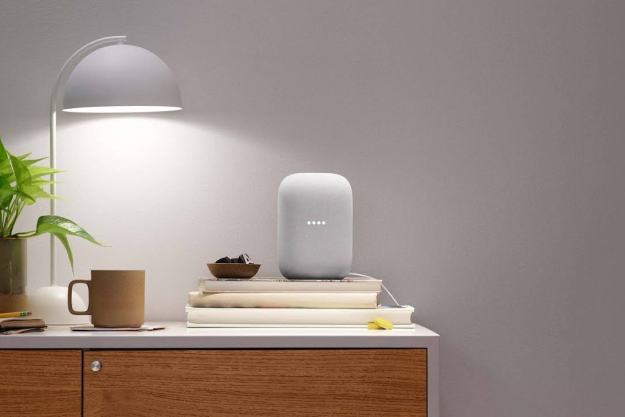
DT’s tech lingo lesson is back after a post-SXSW hiatus! We’re sorry about that. Hopefully not too many crazy tech things happened that you fell behind in your vocabularies. In honor of April Fool’s day, let’s talk about a few silly words you’ve definitely seen floating about the Web and gain a better understanding of what they mean.
Dongle
An original definition of a dongle refers to a mobile device that connects to a laptop computer to allow access to protected material. These days, dongles refer to most things that can be plugged into a computer USB port to add functionalities, such as a Bluetooth dongle which can enable Bluetooth connections or extend range, or a car dongle which adds GPS location reporting. The word dongle has recently surfaced in tech’s forefront after a female developer tweeted about two men who were making sexual jokes using the term, resulting in one of the men getting fired from his job.
“The Boxee dongle adds live TV capacity to my laptop, so why bother buy a full-sized television?”
Hackivist
A portmanteaus of the would “Hacker” and “Activist,” a hackivist breaks into Web security systems for the greater good. Hackivists use their skills to promote human rights, political issues, free speech, or to uncover information from large corporations that are not being transparent.
“Aaron Swartz, a 26-year-old hackivist who founded a campaign against Internet censorship, took his own life in January 2013.”
Emoji
A Japanese word for emoticons, or picture icons used in text and instant messages to convey facial expressions. In recent, emojis have evolved past the usual happy or sad face, and now includes icons like notebooks, bullseye, tear drop, clapping, bomb, cash, animals, trees, rockets, and fruits. Why there was a need for these extensive mini photos are beyond us, but they sure make communicating confusingly fun.
“Am I reading a riddle or do I just not know enough emojis to understand the context of this girl’s text?”
Blogosfear
No, not blogosphere as in the world of blogs. Blogosfear, with an F, is a fear of being talked about in someone’s blog or post. The word was recently made Urban Dictionary’s Word of the Day, so if you know a notorious blogger who has a large following, try not to mess or you might be turned into tomorrow’s Internet trash talk.
“Sally became overwhelmed with blogosfear after she realized she had revealed some confidential information to a gossip blogger in their drunken night out.”
Editors' Recommendations
- Everything you need to know about the Ring Protect price hike
- 6 things you didn’t know Apple Homekit could do
- The smart alarm clock you didn’t know you needed is $20 today — $50 off!
- Building a smart home? You need this Nest Thermostat Prime Day deal
- All the new tech that blew our reviewers away this month


